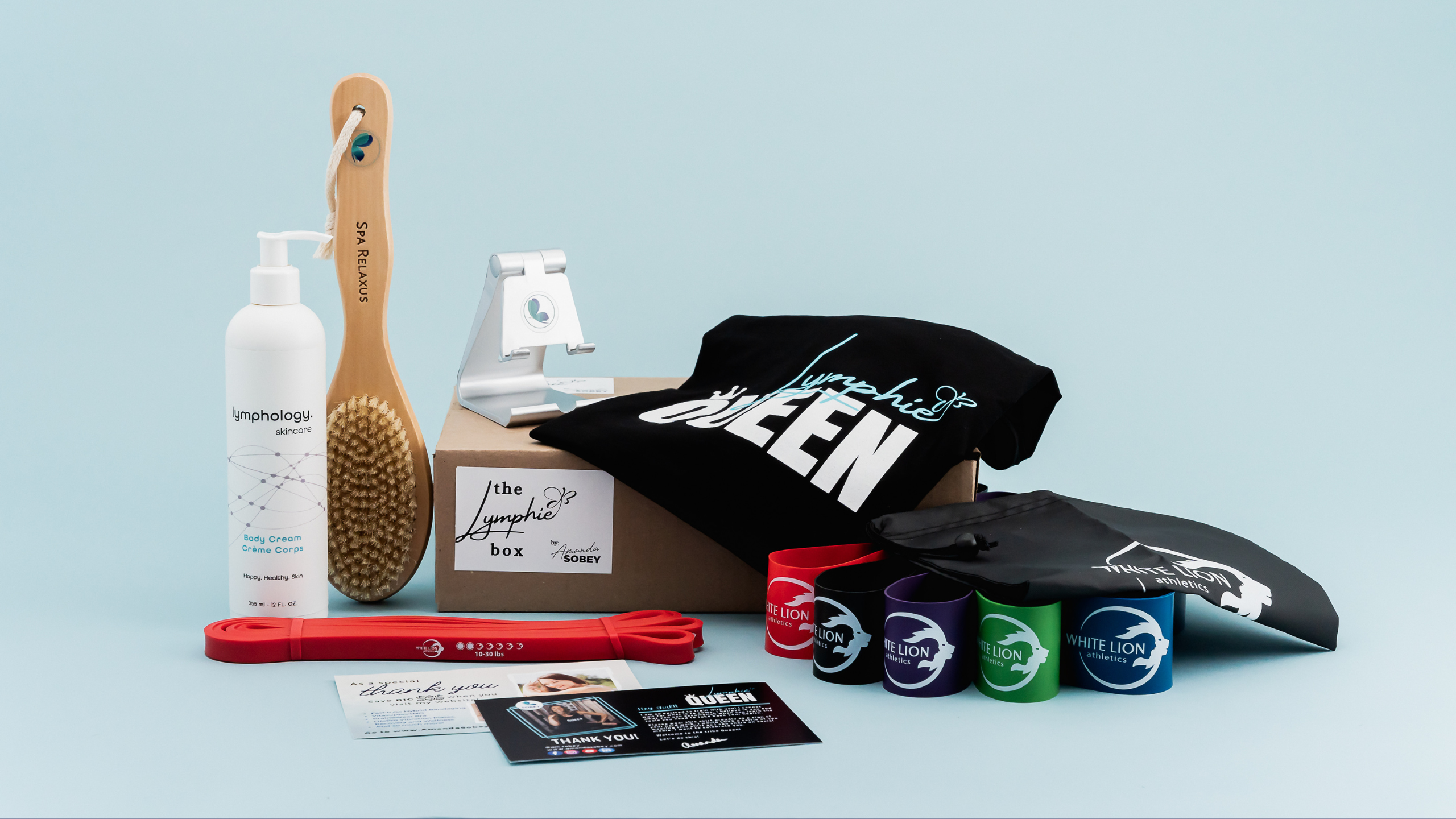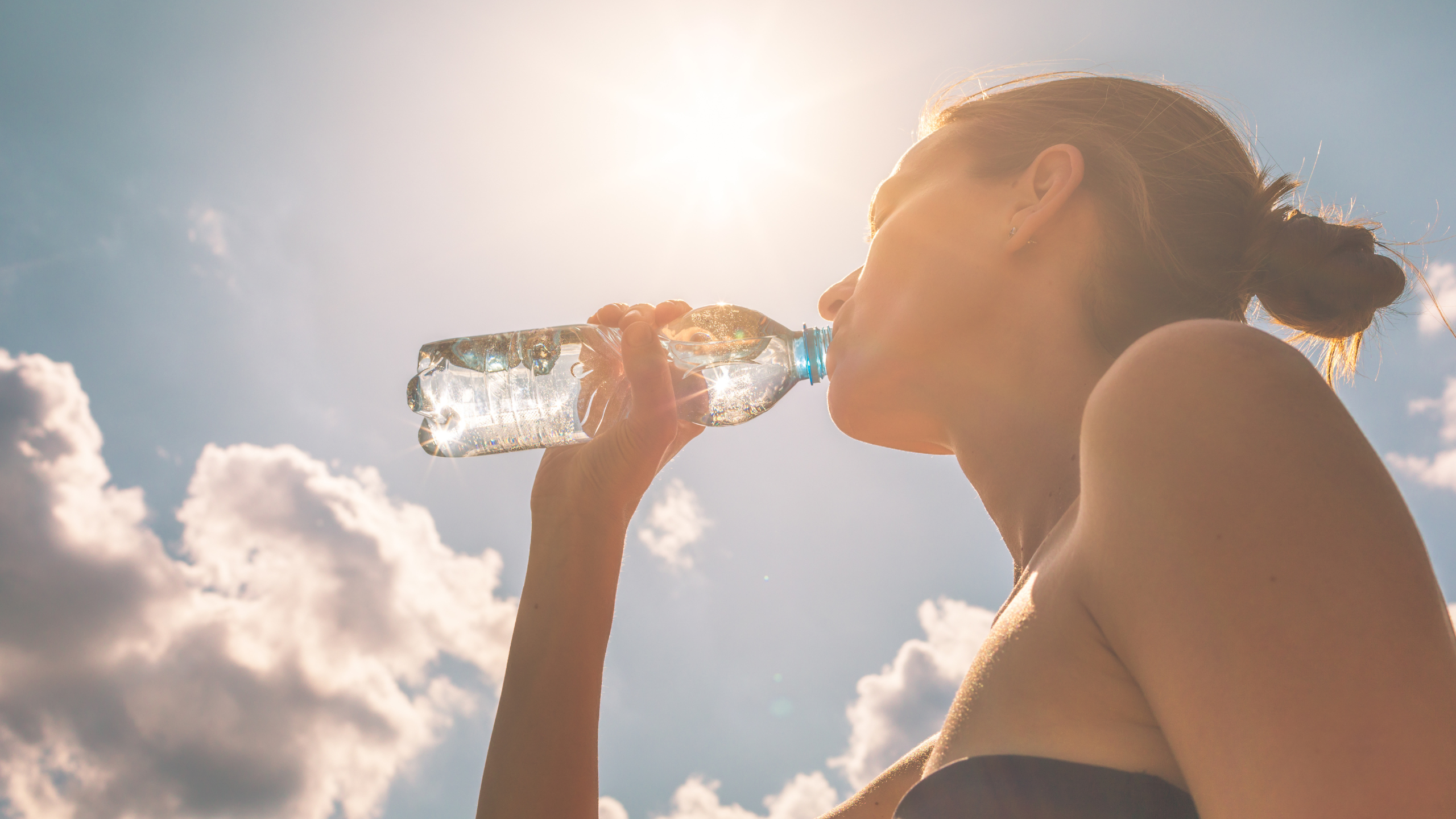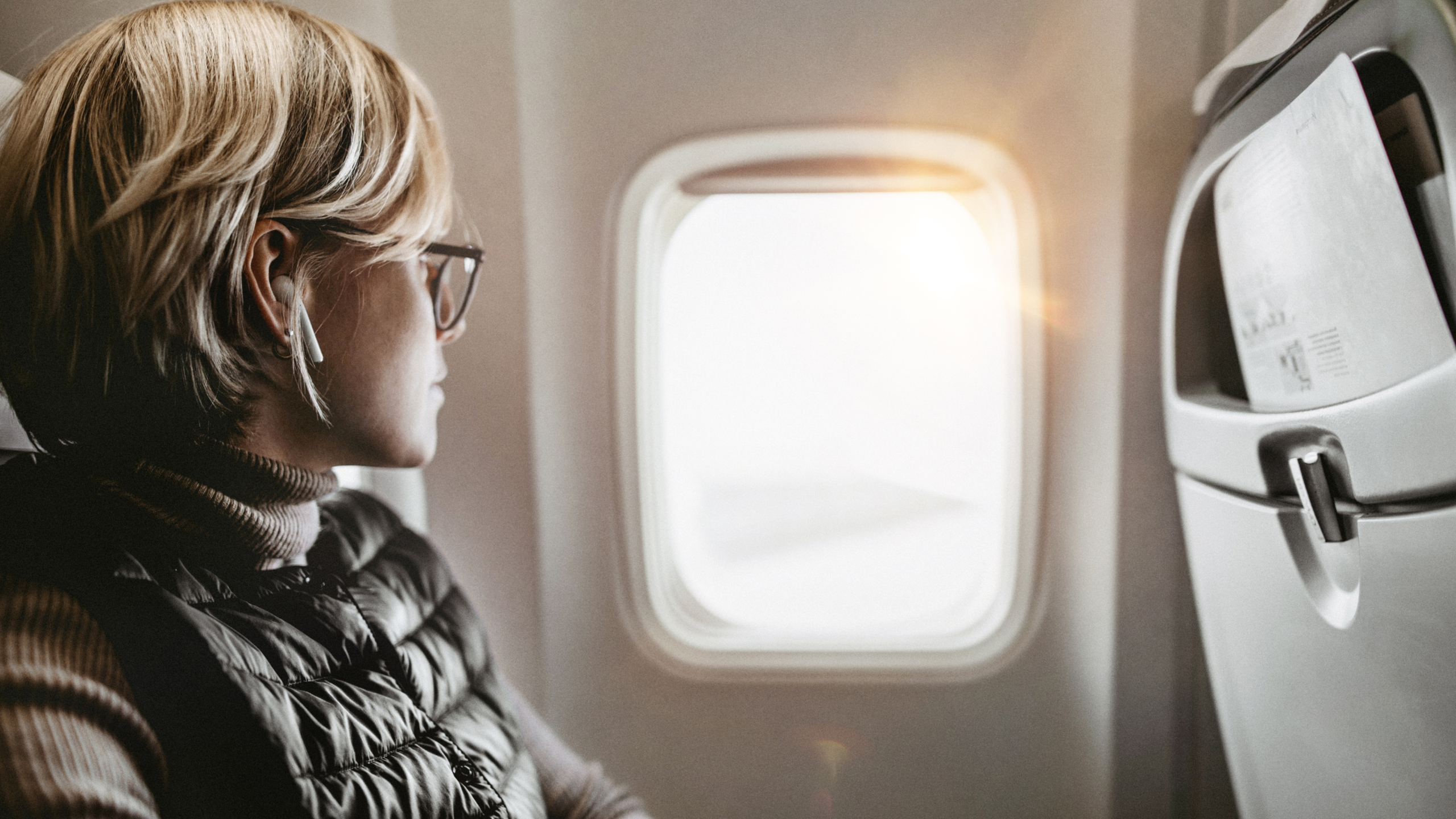Traveling with Lymphedema: Tips for a Smooth Journey
Traveling with lymphedema requires extra planning and precautions to manage the condition and ensure a comfortable and safe journey. Lymphedema, a condition characterized by swelling in one or more extremities due to a blockage in the lymphatic system, can present challenges during travel due to prolonged sitting, changes in pressure, and potential for infection. Here are comprehensive tips for travelers with lymphedema to help make their journeys smoother and more enjoyable.

Before Your Trip
- Consult Your Healthcare Provider: Before planning any travel, talk to your lymphedema therapist or doctor. They can provide personalized advice and may adjust your treatment plan for the duration of your trip.
- Compression Garments: Ensure you have well-fitting compression garments. Consider packing an extra set in case of delays or emergencies. Learn how to properly don and doff these garments as you may need to explain or demonstrate this to security personnel.
- Medication and Supplies: Pack all necessary medications and lymphedema supplies, such as bandages, foam pads, or a portable pneumatic compression device. Keep these items in your carry-on luggage to avoid loss.
- Travel Insurance: Opt for travel insurance that covers medical treatment for lymphedema and potential trip cancellations due to medical emergencies.
- Emergency Plan: Research healthcare facilities at your destination that are familiar with lymphedema management. Keep a list of your medications, medical history, and doctor’s contact information easily accessible.

During Your Trip
- Stay Hydrated: Drink plenty of water to help your lymphatic system function properly. Avoid alcohol and caffeine, as they can contribute to dehydration and swelling.
- Frequent Movement: On long flights or car rides, make a point to move around at least once every hour. Perform simple stretches and exercises to encourage lymph flow, such as ankle circles, foot pumps, and shoulder rolls.
- Elevation: Whenever possible, elevate your affected limb(s) to reduce swelling. In a seated position, try to keep your limb raised using a pillow or luggage.
- Skin Care: Maintain meticulous skin care to prevent infections. Keep your skin clean and moisturized, and protect it from sunburns, insect bites, and injuries.
- Dietary Considerations: Opt for low-salt meals to help prevent fluid retention. Incorporate fruits and vegetables that are high in antioxidants to support your immune system.
- Compression Garment Care: Be mindful of changes in temperature and altitude that might affect your swelling. Adjust the use of your compression garments as needed, and ensure they are clean and dry.
- Relaxation Techniques: Stress can exacerbate lymphedema. Practice relaxation techniques such as deep breathing, meditation, or yoga to manage stress levels.

After Your Trip
- Monitor Your Condition: Pay close attention to your symptoms upon returning home. Any significant changes or complications should be reported to your healthcare provider immediately.
- Continue Routine Care: Resume your regular lymphedema management routine, including lymphatic drainage therapy, wearing compression garments, and regular exercise.
- Reflect on Your Experience: Take note of what worked well and what could be improved for future travels. This will help make each trip more comfortable and enjoyable than the last.

Traveling with lymphedema certainly requires extra precautions, but with careful planning and management, you can enjoy your journeys to the fullest. Remember, the key to a smooth trip lies in preparation, staying active, and managing your condition proactively.

About the author
Amanda Sobey is a certified personal trainer, certified nutritionist, and lymphedema coach with over 20 years of personal experience battling lymphedema.
She is the creator of the 16-Week Ultimate Lymphedema Journey program, which combines fitness, nutrition, and self-care to empower those with lymphedema, lipedema, or lipolymphedema.
